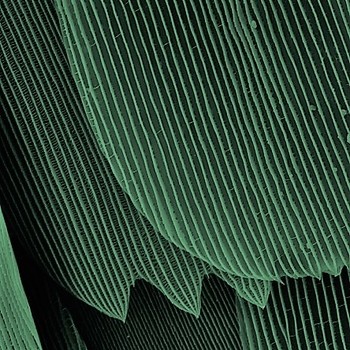Why are insertion and deletions known as "frameshift mutations?"?
1 Answer
Because they change the frame in which the genetic information is read.
Explanation:
We can imagine some sequence:
This sequence can be read in three frames:
- from the "
#"A"# ":
#"ATG-CTA-TTG"#
- from the "
#"T"# ":
#"TGC-TAT-TG"#
- from the "
#"G"# ":
#"GCT-ATT-G"#
We can't read it in another frame because if we started from "
If deletion (minus one base) or insertion (plus one base) occurs, they change the frame in which we read genetic code because the original sequence will be read from the alternative start - there is a frame shift.
In addition, if there is a change in two bases we will read it in yet another frame. If three bases are added or deleted the genetic code will be read in the original frame just with one triplet missing or abundant.


